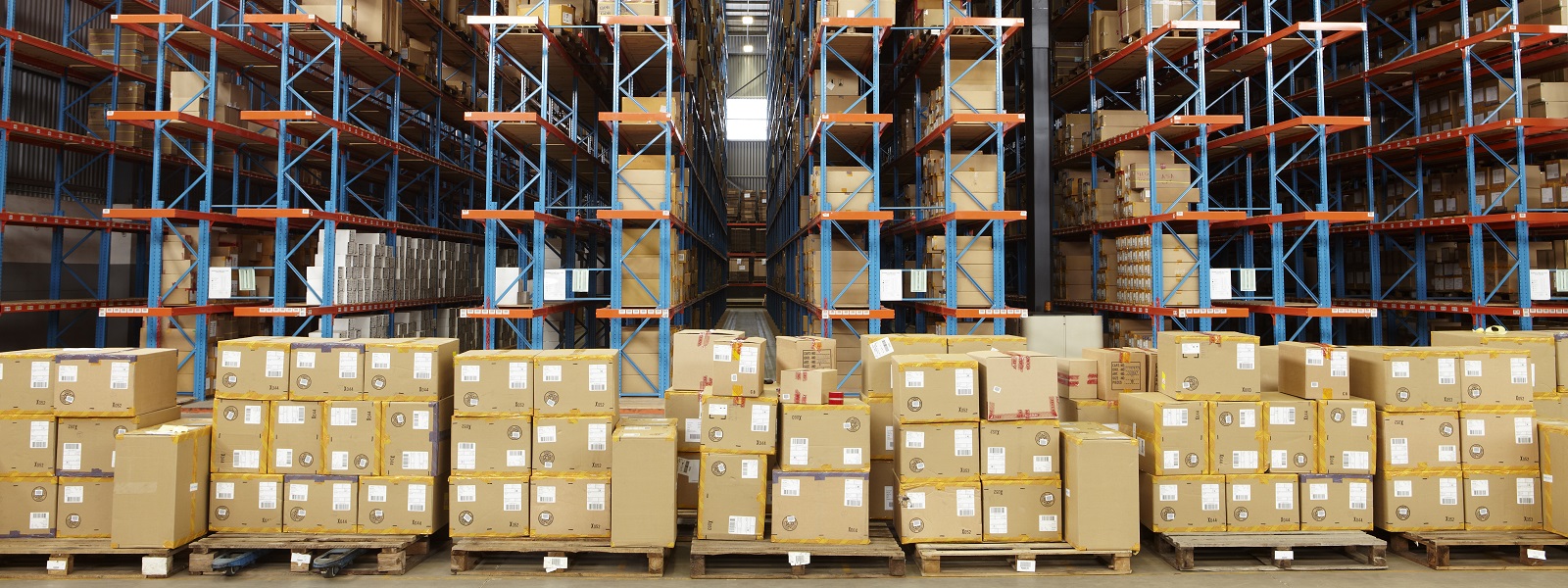The ongoing evolution of China’s state ministries may have significant implications for dealmakers.
As part of a bureaucratic overhaul, a new antitrust regulator, the State Administration for Market Supervision (SAMS), is being introduced, essentially consolidating the three competition authorities China has today: The Anti-Monopoly Bureau of the Ministry of Commerce (MOFCOM), the Price Supervision/Inspection and Anti-Monopoly Bureau of the National Development and Reform Commission (NDRC), and the Anti-Monopoly and Anti-Unfair Competition Bureau of the State Administration of Industry and Commerce (SAIC).
Each existing Chinese authority has its own remit and responsibilities. MOFCOM oversees all mergers in the country, NDRC reviews anti-monopoly pricing conduct, and SAIC is responsible for any other anti-competitive conduct not related to pricing.
In practice, this separation of duties among the competition authorities has sometimes proved confounding. For example, if a company were to engage in anti-competitive behavior that involves both price-fixing and withholding patents, it could come under two separate investigations from the NDRC and SAIC, and face double punishments, all for a single violation.
In an effort to simplify its regime, China's forthcoming SAMS agency will handle all antitrust matters by combining the investigations and merger review personnel of the three existing agencies into a single regulator. SAIC will be entirely integrated into SAMS, while MOFCOM and NDRC will survive the launch of the new regulator but without their specific antitrust powers. The Anti-Monopoly Committee, which sits above the three existing agencies and coordinates their policymaking, will be rolled into SAMS.
The new unified body will be directly supervised by China's State Council, elevating the importance of antitrust matters within the government.
Implications for dealmakers
The introduction of SAMS is likely to have a positive effect on domestic M&A activity within China, improving efficiency by bringing merger and antitrust matters under one roof. By unifying rules, standards and procedures, the move should also ensure more consistent guidance and antitrust enforcement, thus making M&A approvals more predictable.
Having a single agency will also resolve the current ambiguity between the remits of the NDRC and SAIC. These two agencies have a history of complicating matters by issuing independent guidelines. Once SAMS is introduced, corporations will no longer face the potential for separate investigations and multiple penalties for the same violation.
Whether the introduction of SAMS will be beneficial for overseas acquirers is still an open question.
A benefit of the current system is that merger supervision and anti-monopoly issues are handled separately, creating silos that can help to protect confidential information. Under the forthcoming consolidated approach, merger filing materials may be shared more freely and therefore expose deals to greater scrutiny—hypothetically, a simple merger filing could prompt an antitrust investigation.
Another concern for overseas acquirers is not yet knowing how strictly the new regulator will choose to enforce its powers. The State Council is due to appoint the first head of SAMS, and whomever is chosen for the post may determine just how diligently antitrust matters are pursued. The fact that SAMS will report directly to the State Council is an indication that China may be seeking to strengthen the oversight of its competition policy.
Chinese authorities are sometimes characterized as taking a lighter-touch approach to domestic deals than to those involving foreign acquirers. And there is an increased concern that the regulators may be more likely to intervene on deals in sectors that are seen as critical to the growth of the Chinese economy, such as technology.
One example is the much-publicized, ongoing review of the US$18 billion sale of Toshiba's chipmaking unit to Bain Capital and South Korean chip manufacturer SK Hynix. Some of China's major tech producers, such as Huawei, reportedly use Toshiba's chips in their products. Beijing concluding that the deal is anti-competitive and requiring concessions before passing it would signal the extent to which SAMS will likely scrutinize deals in key sectors.
Diplomatic ties
There is a diplomatic case for SAMS bearing down harder on overseas buyers than MOFCOM/NDRC/SAIC had done. The US has become noticeably risk-averse under the Trump administration, with the Committee on Foreign Investment in the United States (CFIUS) nixing more deals in 2017 than in any previous year.
One transaction that failed to clear in 2017 was a US$1.3 billion bid for Lattice Semiconductor Corp. by Canyon Bridge Capital Partners, a US-headquartered private equity firm whose ultimate parent is the state-invested China Venture Capital Fund. In response to the deal being blocked, China’s commerce ministry issued a statement saying that countries should not use security reviews to push protectionism.
Still, SAMS could wind up following CFIUS's lead by blocking foreign deals on grounds of national security, outwardly or otherwise, especially considering that the regulator will be in closer proximity to the State Council than its predecessors were.
What now?
For the moment, the status quo persists for M&A in China. It will take time for MOFCOM, NDRC and SAIC to consolidate, and little has been announced regarding the consolidation process or timeline. As it stands, M&A filings will continue to be submitted to MOFCOM, and dealmakers should assume that the NDRC and SAIC will continue to enforce antitrust measures where they see fit, even if both agencies' focus is likely to be on the imminent restructuring of their resources.
Appetite for Chinese deals remains high. Inbound acquisition value has approximately doubled over the last ten years to US$42.2 billion in 2017. With sustained demand to acquire Chinese companies, delays should be expected as China remodels its regulatory regime and, once launched, SAMS finds its feet.
Years may pass before the business community can determine whether the new authority will be the simplified, efficient regulator that China has long been calling for, a stricter body through which to secure approvals, or both.





